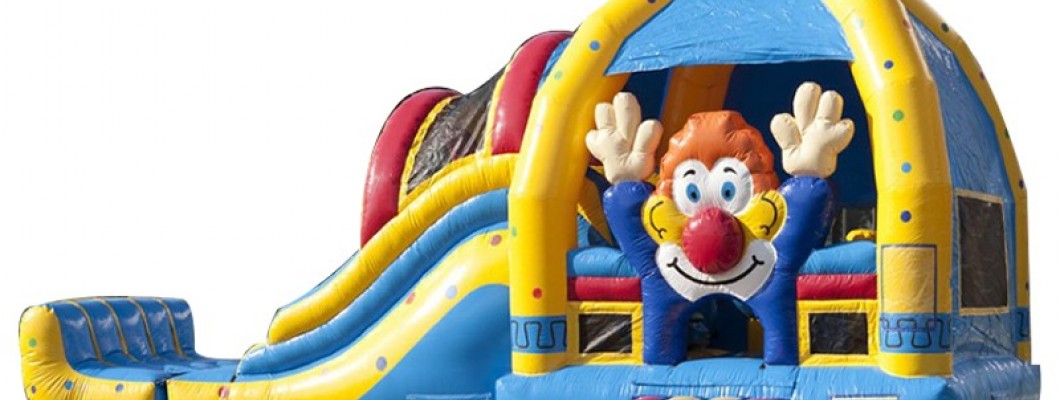
Deciding whether to rent or buy a jumping castle involves evaluating several factors to determine the most cost-effective option. In Australia, where outdoor events and parties are popular, understanding the financial implications of each choice is essential. Here’s a comprehensive look at the considerations for renting versus buying a jumping castle:
Renting a Jumping Castle
Renting a jumping castle can be a convenient and cost-effective option for occasional use. Here are some factors to consider:
- Initial Cost: Renting typically involves a lower initial cost compared to buying. Rental fees generally include setup, takedown, and sometimes even insurance coverage.
- Frequency of Use: Renting is ideal if you only need a jumping castle for occasional events, such as birthdays or community gatherings. It avoids the upfront investment and maintenance costs associated with ownership.
- Maintenance and Storage: When you rent, the provider handles maintenance and storage. This eliminates the need for you to worry about repairs or finding space to store the castle.
- Variety: Renting allows you to choose from a variety of designs and sizes, which can be beneficial if you want different themes for different events.
Buying a Jumping Castle
Buying a jumping castle involves a larger upfront investment but may be more cost-effective in the long run if you use it frequently. Consider the following:
- Upfront Cost: The initial purchase cost of a jumping castle can be significant. However, owning a castle can be economical if you use it regularly.
- Long-Term Use: If you host events frequently or have a large family, buying may be more economical. The cost per use decreases over time compared to rental fees.
- Maintenance and Storage: As an owner, you are responsible for maintenance and repairs. Additionally, you’ll need space to store the jumping castle when it’s not in use.
- Customization: Owning a jumping castle allows you to choose a design that fits your preferences and needs. You also have control over the setup and usage without relying on a rental provider.
Cost Comparison
To determine the most cost-effective option, consider the following cost factors:
- Rental Costs: Rental fees typically include delivery, setup, and takedown. Compare rental costs for the number of days you need the castle and factor in any additional charges for features or insurance.
- Purchase Costs: Evaluate the total cost of buying a jumping castle, including the purchase price, shipping, and any additional equipment. Also, account for ongoing costs such as maintenance and storage.
- Usage Frequency: Calculate the cost per use for both renting and buying based on your expected frequency of use. For example, if you rent several times a year, the total rental cost might surpass the initial purchase price over time.
Conclusion
Whether it is more cost-effective to rent or buy a jumping castle in Australia depends on your specific needs and usage patterns. Renting is often the better choice for infrequent use, as it requires a lower initial investment and includes maintenance and storage. Buying may be more economical in the long run for frequent use, offering more control and customization but with higher upfront costs and ongoing responsibilities. Assess your needs, compare costs, and choose the option that best fits your budget and event requirements.
